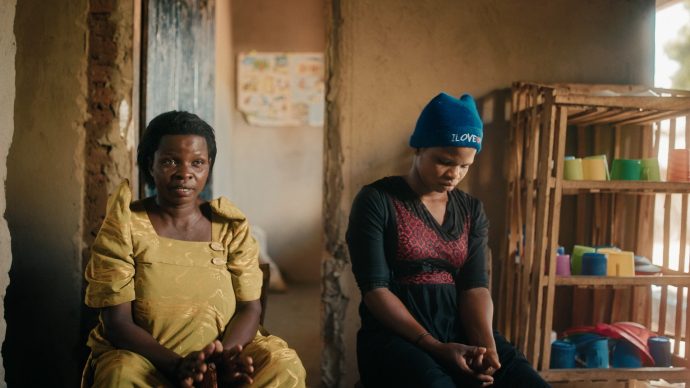Isolation og fattigdom lurer for mange ældre
BANGKOK, 14 February 2012 (IRIN) – With 60 percent of the world’s population, Asia has one of the largest concentrations globally of aging persons, creating a host of potential challenges, experts warn.
– Asian countries, besides Japan perhaps, need to plan now. These countries have grown older and more grey before they have grown rich, said Somnath Chatterji with the World Health Organization (WHO) office in New Delhi.
One in four people in Asia will be 60 or older by the year 2050, rising from one in 10 in 2010, according to the UN Economic and Social Commission for Asia and the Pacific.
Over 65 percent of Asia’s elderly population will be women.
– China and India clearly will be the countries with the largest population of older adults in absolute terms. However, China is aging more rapidly than India because of its one child policy, Chatterji added.
The over-60 population will rise from 165 million to 439 million in China and from 93 million to 323 million in India from 2010 to 2050, according to government projections reported to the UN.
India’s overall population is expected to exceed China’s in the same period.
Philip Guest, the Bangkok-based assistant director of the UN Population Fund (UNFPA) for South and Southeast Asia, told IRIN aging will “severely” affect developing countries throughout the region.
One of the sharpest increases in the region will be in Bangladesh, where the elderly will almost quadruple (blive firedoblet) from 6.6 percent of the population in 2010 to 22,5 percent in 2050, according to UNFPA.
IRIN asked experts about the biggest challenges facing this population.
Income
Læs videre på














